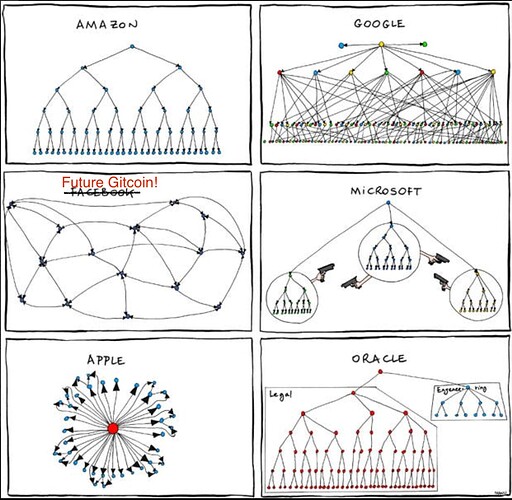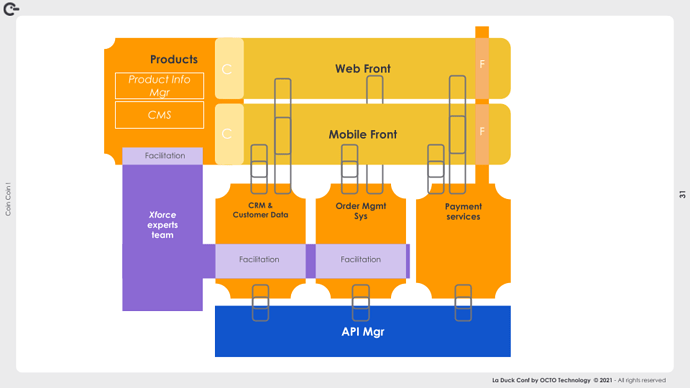We have hit a point where we have five workstreams. I could probably put a qualifier on the front like, “main” or “core” workstreams as these workstreams have now come to include, at times, several smaller sub-workstreams from within them. I have a hypothesis that multi-sub-workstream structure is actually bad for governance, outcomes and accountability across the DAO as a whole. I would love to open the discussion on how others feels and if they have relevant experience from other DAOs (or opinions from those DAOs) on if my hypothesis is true or false.
Here is a quick breakdown for those less familiar. Within the five workstreams, there are potential “sub-workstreams” from my perspective:
- DAO Ops has two potential sub-workstreams: community experience and operations
- FDD has three potential sub-workstreams: sybil, ground control, Grants Investigation Agency
- dGitcoin has two named sub-workstreams: dCompass and dGrants
- MSC has two (likely more) sub-workstreams: prototypes and products
- MMM has potentially four sub-workstreams: marketing, in-person events, Merch, Design/Memes
Here are some of the problems of this:
- Workstreams have very large budgets that are hard to disambiguate which part of a workstream is being effective and which isn’t. For example, if the Operations crew in the DAO Ops workstream is not doing well, as a steward I can advocate to change that budget, but while we debate another sub-workstream is left in limbo with their fate tied to whole proposal.
- Paying for areas of duplication is wasteful and often leads to a lack of shared learning and context
- Workstreams may feel like defecting is cheaper and easier (ie, I don’t have to really work with the marketing group already in MMM or their design guidelines, I will just hire my own people and do my own thing and fragment the Gitcoin brand!)
- Teams in workstreams become so large and exclusionary, they are difficult to enter as a new comer and even more difficult to work with as their norms and culture has become their own.
I see a natural solution to this is to try and maintain smaller workstreams such that their tasks and goals are straight forward, their funding is not tied to outcomes of others and that we focus on creating a culture of coordination and shared vision and shared reliance, with peer to peer accountability.
Right now, the Gitcoin DAO sometimes feels like Microsoft in this analogy (h/t @owocki for sharing this)
I see Future Gitcoin as being the better model here, with a mesh network and deep coordination. With smaller workstreams, each workstream is forced to coordinate, they are forced to ensure their peers are delivering and offer feedback when they are not (ie, if one group doesn’t deliver, we stop funding them and replace them instead of just creating a duplicative one to serve that need).
Smaller workstreams offer more clarity into funding and the outcomes being delivered without tying incentives together. As a steward, smaller workstreams will make budget reviews easier to go into and digest. Asking questions and digging in wont stop funding from flowing to other workstreams that are delivering.
Smaller workstreams create a culture of sharing and collaboration instead of silo`d information or empire building. They also bring about accountability through peer reviews. they are often more approachable (joining a large group as an outside is often smaller than joining a small group)
Workstreams become experts in specific areas and are relied on by many who need that service/support.
I would love thoughts from others. How do large/thick versus small/thin workstreams sound to you?


